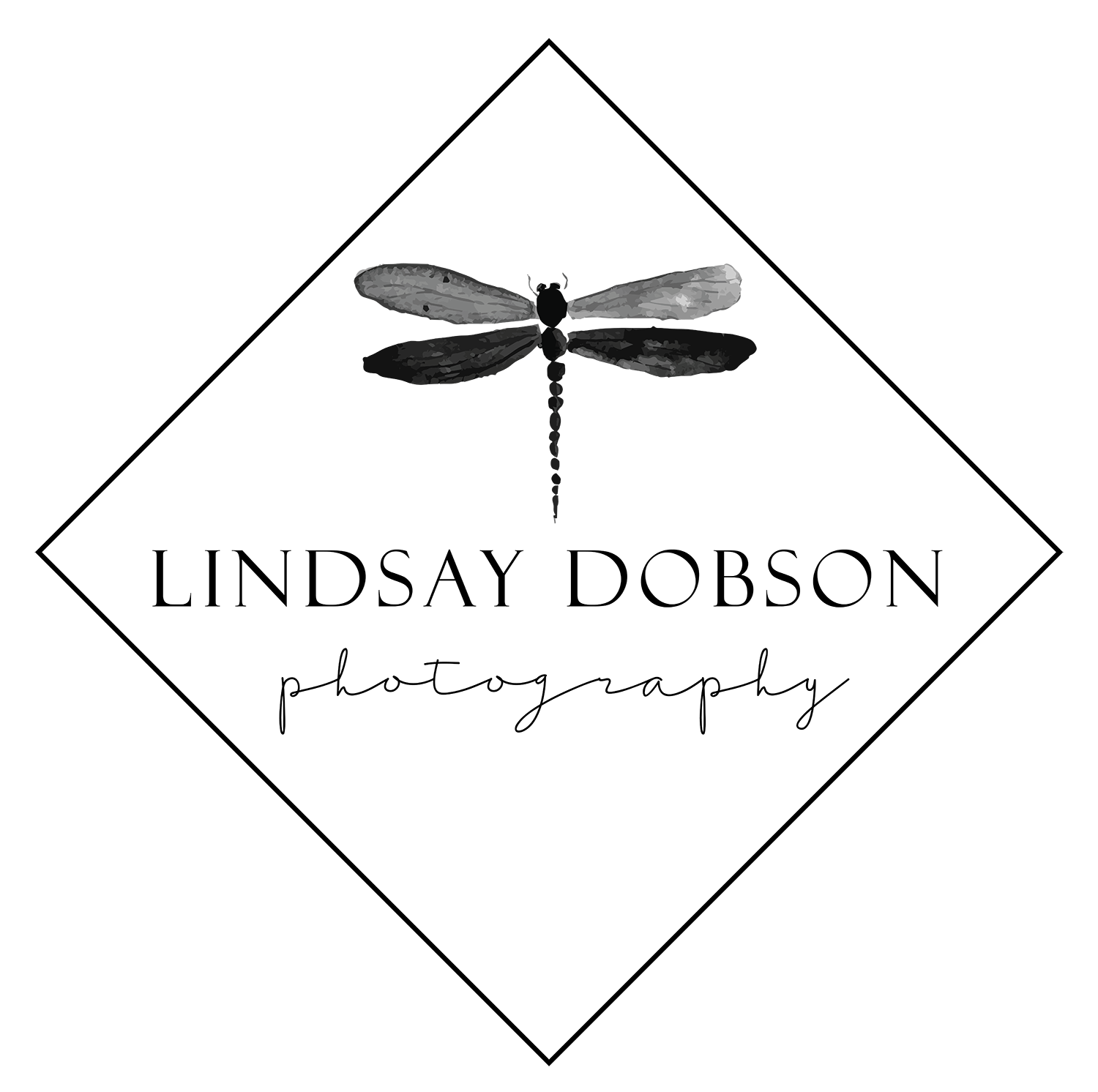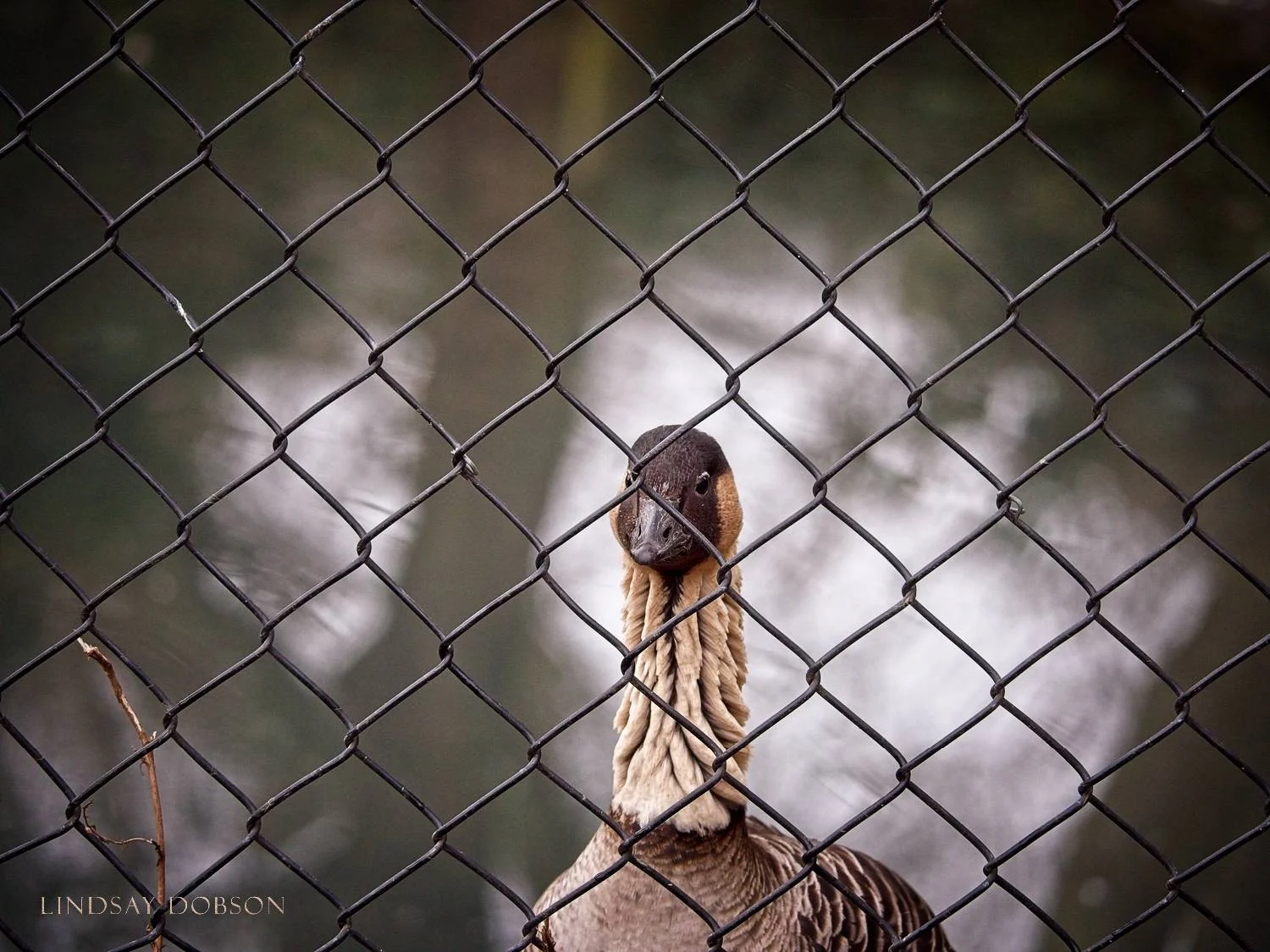Panasonic GX8 Wildlife Field Tests High ISO
I know exactly what to expect from today’s leading Micro 4/3 cameras. I’ve been a full-time Micro 4/3 user for a number of years now and I’m well versed with the advantages – notably size and weight, images packed with detail, and a truly fabulous lens ecosystem. So I wasn’t expecting any surprises with the Panasonic GX8. In terms of image quality I would expect to see a little more detail given that this is a 20 megapixels model, and the slightly cooler rendering from the Sony sensor. Noise levels should be at least on par with current 16 megapixel iterations or a little better.
Panasonic GX8 Wildlife Field Tests High ISO
Today’s outing was really about continuing to familiarise myself with the feel of the camera, particularly when used with the Leica 100-400 lens. Prior to purchasing the GX8 I’d been using that lens on my Olympus EM1 with battery grip, and I have to say the balance is nicer on the EM1. As far as I’m aware Panasonic don’t make a grip for the GX8 and consequently the 100-400 feels a little front heavy as you would expect. This means that at low shutter speeds my images are a little crisper on the EM1. But aside from that, the Leica 100-400 is one serious piece of glass.
Unfortunately the light today was horrible – non-existent actually. Very often this time of year the UK can be grim, dark and cold. Today was no different and it didn’t really get light at all. As a result I was shooting at ISO values from 1600 right up to 6400. Yes, I do crank the ISO on my ‘small sensor’ cameras. And why not? Because frankly I have to – it’s that or lose the shot, or get a shot spoiled by motion blur or hand holding shakiness. Assuming your focusing is bang on and your exposure is where it should be, you won’t notice much in the way of noise at Web resolution. The same goes for small to moderate prints.
I only get into noise reduction (and sharpening) when the output gets much larger than that. When you have so much detail in your images applying a bit of noise reduction is no hardship. Not that I routinely make 30 inch prints from ISO 6400 photographs, because I don’t. But I do frequently print that size from ISO 2500 images. I don’t have much choice a lot of the time, given the conditions I have to shoot in. I don’t get to pick and choose which day I’m in the field or which day I’m seeing my clients or students. Unlike many of today’s newer photographers who’ve been raised on a diet of digital cameras and heated forum debates about noise, I am not addicted to pixel peeping. And neither are my customers.
Your processing software will influence how noise appears in your photographs. The bedrock of processing for me has always been Adobe Lightroom. Lightroom is good at getting rid of noise but at the expense of smoothing out details in the image. By way of an update (it's 19 September 2018 as I add this sentence) ON1 Photo RAW has gained some traction as an alternative to Lightroom (which is now subscription-based because the stand-alone version which I’ve been using will no longer be updated). ON1 still feels like it's in the beta stage, but it has potential. As far as noise goes I think images imported into ON1 Photo RAW show slightly less noise than they do in Lightroom, but the noise reduction sliders in the main Develop panel aren't particularly effective. If you're printing at a decent size then third-party noise reduction software packages are your best bet.
Up until fairly recently I was using a WordPress website. The site was a set width, 900 pixels as I recall. I've now moved to a much more up-to-date platform with a responsive design. That means the site will adapt to any screen size, from a large high-resolution display down to a smart phone. Therefore the images I upload have to be quite large, in order to accommodate a large display. I can no longer upload pictures which are a mere 700 pixels wide - they now have to be not less than 1500 pixels wide - grrrrrr. This means that noise will be much more evident in the photographs and I either have to upload photographs taken at a lower ISO value (and clearly I have not done that here) or I have to spend a little bit of time getting rid of the worst of the noise (to be honest I don't have time for that when it comes to blogging - other than a very quick swoosh over with an adjustment brush).
Panasonic GX8 and Pana Leica 100-400 Lens
The Leica 100-400 is a very sharp lens – but you need to show it some respect. With magnifications reaching 800 mm in FX terms, technique is incredibly important. Whilst the lenses own OIS is superb, it won’t counteract sloppy handling, so don’t get complacent. You’ll still need to watch your breathing and brace the camera against your face before squeezing the button. And how wonderful to be able to do that – the photographers we saw today with enormous DSLR bodies and lenses don’t always have that luxury and most of them resorted to tripods. The chances of me being able to carry a tripod (let alone a heavy set up) for several hours at a time, and several miles at a time, is non-existent.












